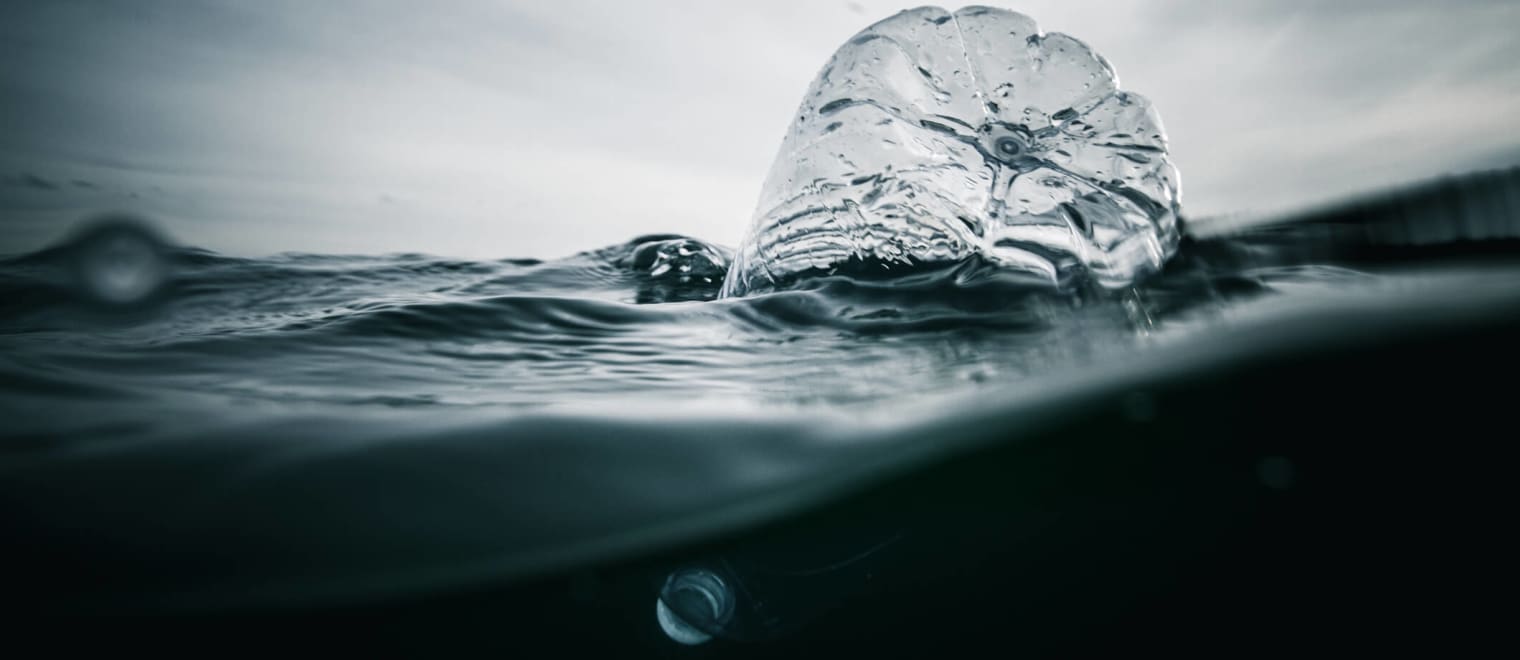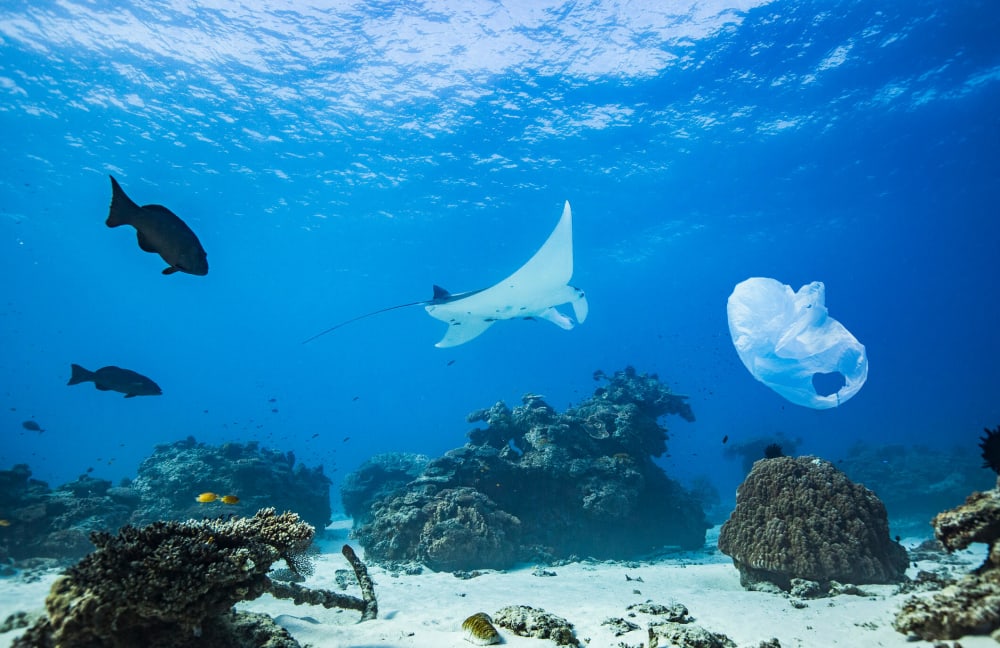This informal CPD article, ‘Unseen Invaders: The Silent Threat of Microplastics in the Antarctic Marine Ecosystem’, was provided by Evolve Youth Academy, who offer a range of education and activity provision for learners of all ages.
The Antarctic marine system, a bastion of biodiversity and a critical component of the Earth's climate faces an insidious threat: microplastic pollution. These particles, less than 5mm in size, are a byproduct of our global dependency on plastic and have infiltrated even Earth's most remote and pristine environments. The impacts of microplastics on the Antarctic are multifaceted, affecting marine life, local ecosystems, and global climate patterns.
The Microplastic Menace
Microplastics are not just a visible pollution problem; their presence is often insidious and goes unnoticed by the naked eye. These particles can originate from larger plastic debris that degrades over time or from consumer products like cosmetics. Once in the environment, they are challenging to eradicate, persisting in the water column and sediments, and can be ingested by marine organisms, causing harm to individual species and the broader food web (Barnes et al., 2009). Estimates suggest that 15 to 51 trillion microplastic particles are dispersed throughout the oceans, weighing between 93,000 and 236,000 metric tons. However, the true extent of the damage to marine ecosystems remains under-researched, underscoring the need for a deeper understanding of these effects (Schymanski et al., 2018).
The Antarctic Context: A Closer Look at Microplastic Pollution
The Antarctic, often perceived as one of the last untouched wildernesses on Earth, faces an environmental crisis that belies its pristine appearance. The discovery of microplastic concentrations, which are significantly higher than previously thought, has sent shockwaves through the scientific community. A study by Schymanski et al. (2018) revealed that some regions of the Antarctic waters have microplastic levels that are up to 100,000 times greater than earlier estimates. This staggering figure has prompted a reevaluation of the impact of human activities on this remote ecosystem and has raised the alarm about the potential consequences for the region's marine life and broader environmental health.
Research and Methodologies: The Quest to Quantify Microplastics
Tracking and quantifying microplastics in the Antarctic is daunting due to the region's vastness and the particles' minuscule size. Researchers have used sophisticated techniques such as electron microscopy and Energy-dispersive X-ray spectroscopy (EDS) to identify and measure these pollutants (Blair et al., 2019). While EDS is lauded for its precision, it has limitations, particularly in detecting particles smaller than 63 microns. This limitation suggests that a significant portion of microplastics could pass unnoticed, slipping through the cracks of our observational methods (Pico et al., 2019). The need for more sensitive detection technologies is clear if we are to gain a complete understanding of the extent of microplastic contamination.














